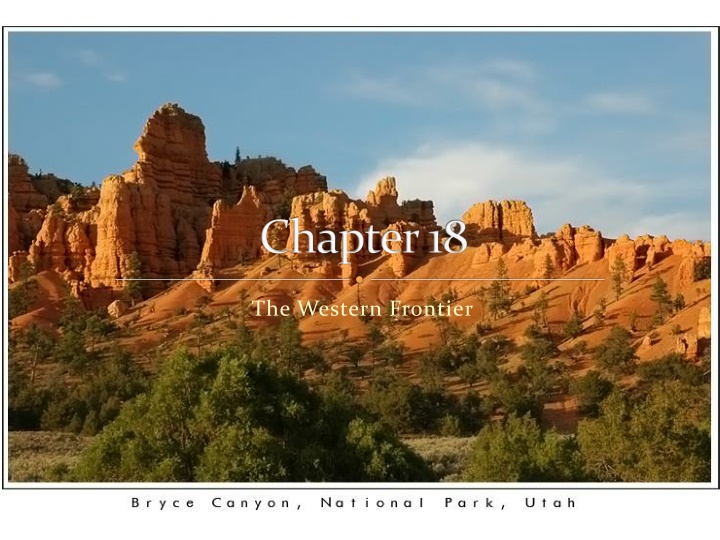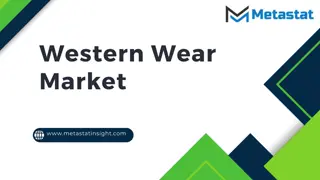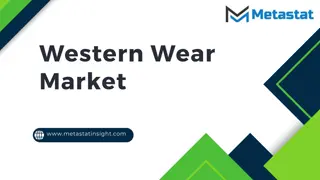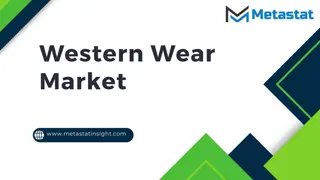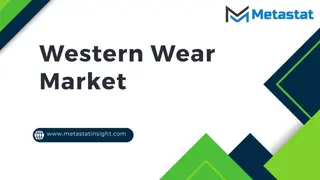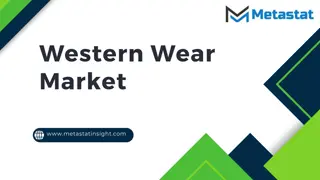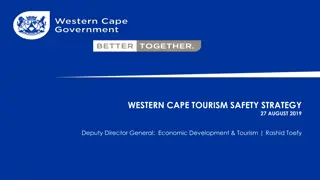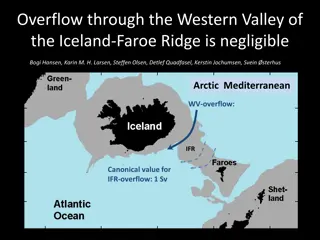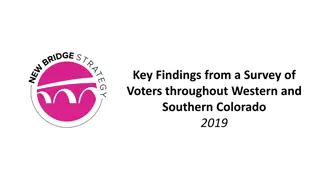Western Frontier Insights
Delve into the challenges and triumphs of the Western Frontier, exploring the untamed landscape and interactions between settlers and indigenous peoples. Discover the impact of westward expansion on culture, economy, and society in this engaging narrative.
Download Presentation

Please find below an Image/Link to download the presentation.
The content on the website is provided AS IS for your information and personal use only. It may not be sold, licensed, or shared on other websites without obtaining consent from the author.If you encounter any issues during the download, it is possible that the publisher has removed the file from their server.
You are allowed to download the files provided on this website for personal or commercial use, subject to the condition that they are used lawfully. All files are the property of their respective owners.
The content on the website is provided AS IS for your information and personal use only. It may not be sold, licensed, or shared on other websites without obtaining consent from the author.
E N D
Presentation Transcript
Chapter 18 The Western Frontier
18.1 The Mining Booms 1. The Central Pacific Railroad hired about 10,000 Chinese workers to work on its tracks. 2. The Union Pacific Railroad relied on Irish and African American workers.
18.2 Ranchers and Farmers 1. Open Range land that is not fenced or divided into lots. 2. The Long Drive the herding of cattle 1,000 miles or more to meet the railroads. Example: The Chisholm Trail from central Texas to Abilene, Kansas.
18.2 Cont.. 3. Cowhands wore wide brimmed hats and chaps and carried lariats to lasso stray cattle.
18.2 cont 4. One of the greatest dangers on the trail was the stampede, when thousands of cattle ran in panic.
18.3 Native American Struggles 1. The Sioux, the Comanche, and the Blackfeet, lived a nomadic life. They traveled great distances following the great herds of buffalo.
18.3 C0nt 2. In 1867 the federal government appointed the Indian Peace Commission to develop a policy toward Native Americans. The commission recommended moving the Native Americans to reservations. 3. The Sioux military leader was Crazy Horse.
18.3 cont 4. The Black Hills of the Dakotas - No white person or persons shall be permitted to settle upon or occupy or even to pass through these hills. 5. The Government tried to buy back the Black Hills. I do not want to sell any land. Not even this Much. (Sitting Bull- Lakota Sioux leader)
18.3 cont.. 6. General George Custer and the 7thcavalry were completely wiped out at the Little Big Horn River by Sioux and Cheyenne warriors led by Crazy Horse and Sitting Bull.
18.3 Cont.. 7. The Apache leader Geronimo was the last Native American to surrender formally to the U.S .
18.3 cont. 8. The Ghost Dance A Sioux ritual led by Wovoka, a prophet, that would return them to their former greatness. .
18.3 Cont. 9. More than 300 Sioux were killed at a creek called Wounded Knee.
18.4 Farmers in Protest 1. The National Grange The first farmers organization of the period. A network of local self-help organizations. 2. The Populist Party, also known as the Peoples Party, was originally a group of farmers alliances. There goal was to appeal to the common people.
